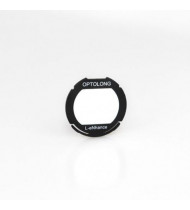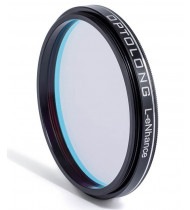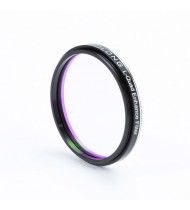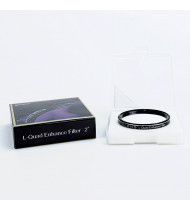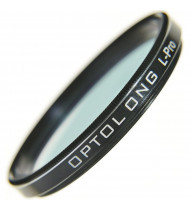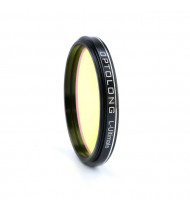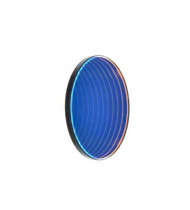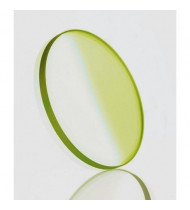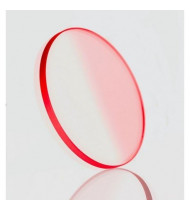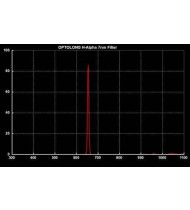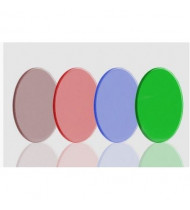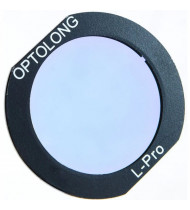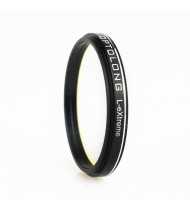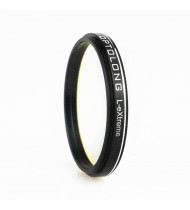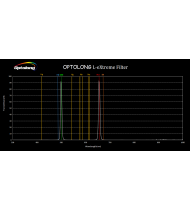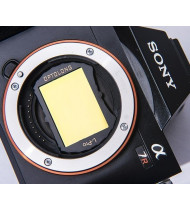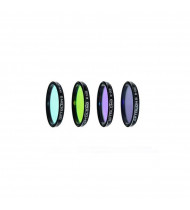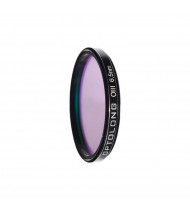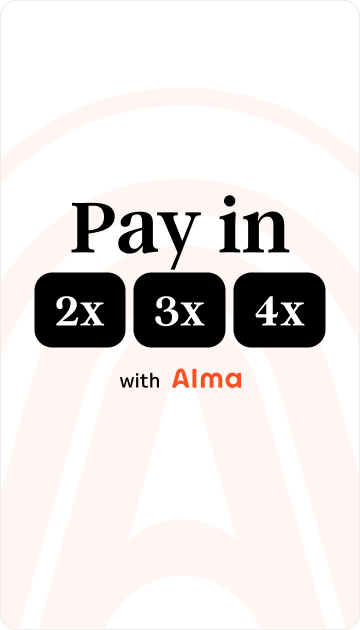Search results for 'qhy 294c cmos color camera qhy294c n a'
EOS Clip version of the famous L-eNhance filter by Optolong
Optolong L-eNhance is a dual-band pass filter which has been designed for DSLR (digital SLR), color CMOS and monochrome CCD cameras. The convenience and cost effectiveness of this filter allows amateurs to image a rich selection of astronomical images, even in bright, heavily light-polluted areas. It effectively isolates the H-Alpha, H-Beta, and Oxygen III nebula emission lines and achieves a maximum transmission of up to 90%. The performance of this filter delivers superb images.L-eNhance 2" Optolong filter (M28x0.75) 50.8mm - Recommended for: shooting in double pass band (H-Alpha, OIII and H-Beta) with CMOS or CCD color cameras or DSLR
L-eNhance 1.25 "Optolong filter (M28x0.75) 31.8mm - Recommended for: shooting in double pass band (H-Alpha, OIII and H-Beta) with CMOS or CCD color cameras or DSLR
- L-QEF eliminates light pollution caused by mercury and sodium lamps and produces a broadband image with minimal color cast. This filter is broadband and suppresses wavelengths of light pollution. It is great for star clusters, dark and reflection nebulae, as well as galaxies in skies affected by light pollution.
Optolong L-Pro Filter 1.25"
€ 165.00The L-Pro Astrophotography CCD filter is a filter for improving the contrast of deep-sky objects and dampening the sky background.
- blocks UV and IR (700 - 1100 nm)
- high transmission at passband
- improved color balance for DSLRs and One-Shot Color Astro Cameras, e.g. ASI Color Cameras cooled or uncooled by ZWO.
- high optical quality
- in 1.25" filter cell
- The L-Pro Nebula filter permits roughly 3x longer exposure times than without a filter and therefore improves contrast significantly.
Optolong L-Pro Filter 2"
€ 190.00The L-Pro CCD filter improves the contrast of deep-sky objects and reduces the sky background.
- blocks UV and IR (700 - 1100 nm)
- high transmission at passband
- improved color balance for DSLRs and One-Shot Color Astro Cameras, e.g. ASI Color Cameras cooled or uncooled by ZWO.
- high optical quality
- in 2" filter cell
- The L-Pro Nebula filter permits roughly 3x longer exposure times than without a filter and therefore improves contrast significantly.
Optolong L-Ultimate 2" Filter
€ 389.00The L-Ultimate filter is a practical solution for all amateurs who want to use their telescope from urban and sub-urban areasOptolong SII Filter 6.5nm 36mm
€ 175.00Extra narrowband SII-CCD 6.5nm filter (Sulful II for CCD) is designed for nebula observation allowing 6.5nm bandwidth of light centered on a wavelength of 672nm through, and reducing the transmission of certain wavelengths of light, specifically those produced by artificial light including mercury vapor, and both high and low pressure sodium vapor lights and the unwanted natural light caused by neutral oxygen emission in our atmosphere (i.e. skyglow).
Optolong OIII Filter 6,5nm 36mm
€ 175.00Extra Narrowband OIII-CCD 6.5nm filter is designed for nebula observation allowing 6.5nm bandwidth of light centered on a wavelength of 500nm through, which corresponds to OIII emission lines, and reducing the transmission of certain wavelengths of light, specifically those produced by artificial light including mercury vapor, and both high and low pressure sodium vapor lights and the unwanted natural light caused by neutral oxygen emission in our atmosphere (i.e. skyglow).
Optolong H-Alpha 7nm 36mm
€ 175.00The H-ALPHA 7nm filter is the most popular narrow-band filter that allows a 7nm bandwidth centered on a 656nm wavelength.
Optolong Kit LRGB 36mm
€ 269.00The LRGB filter kit is designed for maximum contrast and with extremely high gradients for a clear differentiation of light colors
- The L-Pro CCD filter improves the contrast of deep-sky objects and reduces the sky background.
The advantage of the L-eXtreme filter is that there is no transmission between the H-beta and OIII lines, as there is no nebula emission lines there. In this case, it isn't letting light pollution come through so that maximize nebulas signal and make the sky background darker while imaging. The L-eXtreme filter should better isolate the emission lines only and better protect from light pollution.
The advantage of the L-eXtreme filter is that there is no transmission between the H-beta and OIII lines, as there is no nebula emission lines there. In this case, it isn't letting light pollution come through so that maximize nebulas signal and make the sky background darker while imaging. The L-eXtreme filter should better isolate the emission lines only and better protect from light pollution.
- The L-Pro CCD filter improves the contrast of deep-sky objects and reduces the sky background.
Optolong Kit L-RGB 2" (50.8mm)
€ 329.00The LRGB filter kit is designed for maximum contrast and with extremely high gradients for a clear differentiation of light colors
Optolong Kit L-RGB 1,25" (31.8mm)
€ 215.00The LRGB filter kit is designed for maximum contrast and with extremely high gradients for a clear differentiation of light colors
Extra Narrowband OIII-CCD 6.5nm filter is designed for nebula observation allowing 6.5nm bandwidth of light centered on a wavelength of 500nm through, which corresponds to OIII emission lines, and reducing the transmission of certain wavelengths of light, specifically those produced by artificial light including mercury vapor, and both high and low pressure sodium vapor lights and the unwanted natural light caused by neutral oxygen emission in our atmosphere (i.e. skyglow).


